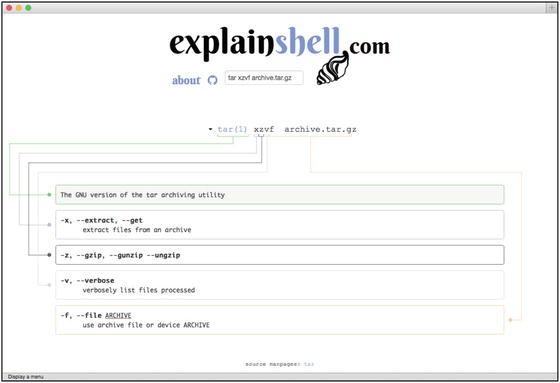
Typically,.tar files are just tar files created by tar program,.gz programs are created by gzip,.tar.gz (sometime also.tgz) are gziped tar files, and.7z are created by 7zip. However, in Linux/Unix, one can name a file pretty much anyway he wants, so it is completely at the discretion of the creator of the files.
From Wikipedia: A file with the extension .dmg (an abbreviation for disk image) uses a disk image format commonly found on Mac OS X. The format allows secure password protection as well as file compression and hence serves both security and file distribution functions. Its most common function is the distribution of software over the Internet. When opened, DMG files are 'mounted' as a drive within the Finder.
From: Wikipedia .cdr and ISO
ISO image
Filename extension .iso
Uniform Type Identifier public.iso-image
Type of format Disk image
Standard(s) ISO 9660
An ISO image is an archive file (a.k.a. disk image) of an optical disc using a conventional ISO (International Organization for Standardization) format that is supported by many software vendors. ISO image files typically have a file extension of .ISO but Mac OS X ISO images often have the extension .CDR. The name 'ISO' is taken from the ISO 9660 file system used with CD-ROM media, but an ISO image can also contain UDF file system because UDF is backward-compatible to ISO 9660.
Carolyn 🙂
Message was edited by: Carolyn Samit


Dec 3, 2008 1:30 PM
Difference Dmg Vs Tgz Files
TMG versus DMG The following information is in part referenced from the book “Autism: Effective Biomedical Treatments” by Drs. Pangborn and Baker. This is not meant to be an in-depth discussion of methylation supplements of DMG, TMG. This is a comparison of the deb, rpm, tgz, and slp package formats, as used in the Debian, Red Hat, Slackware, and Stampede distributions, respectively. I've had some experience with each of the package formats, both building packages, and later in my work on the Alien package conversion program.